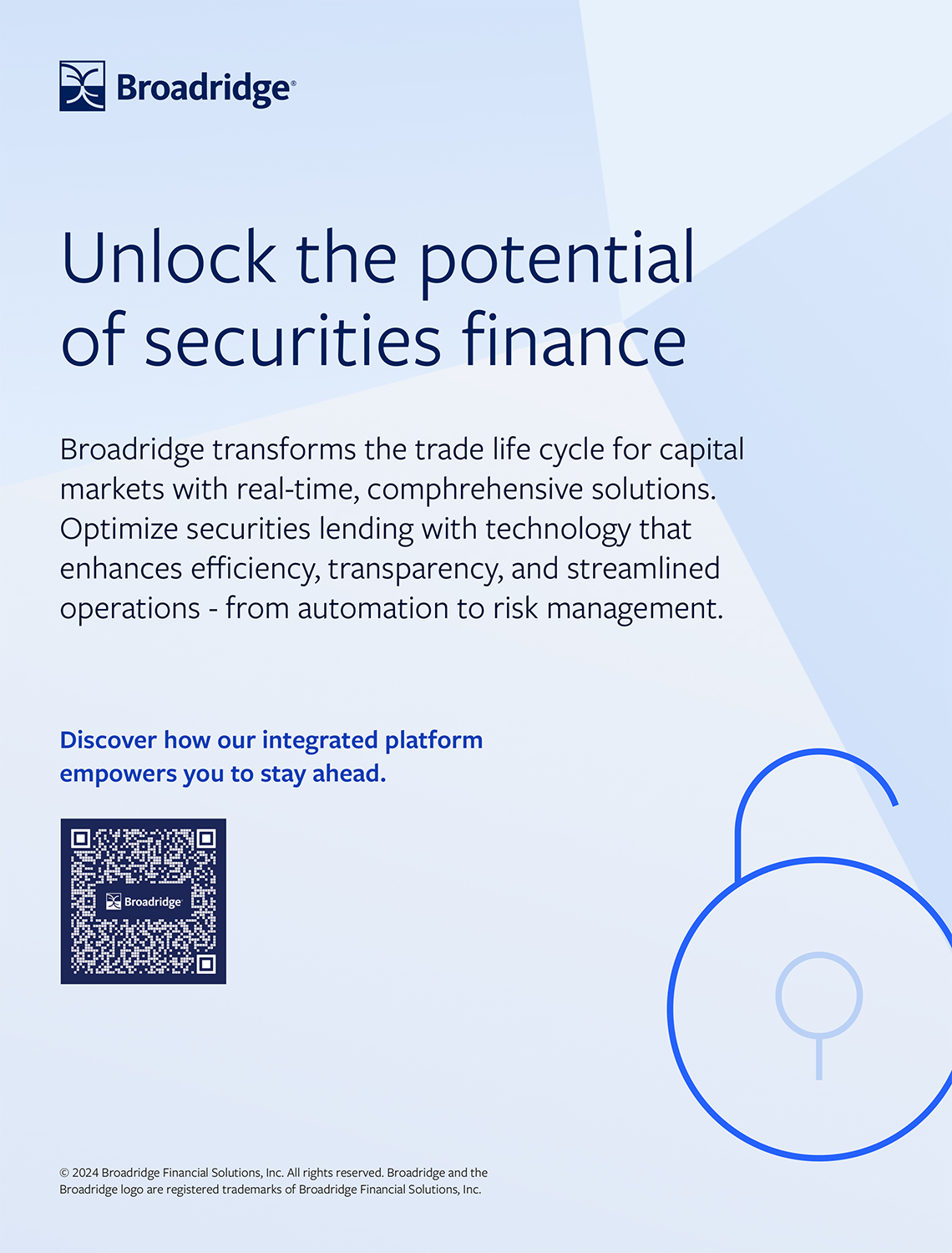Blockchain to transform collateral lending
02 March 2018 London
 Image: Shutterstock
Image: Shutterstock
ING Bank and Credit Suisse have carried out the first-ever live securities trade on a blockchain platform, in what ING described as a ground-breaking transaction.
The two banks successfully swapped €25 million worth of high-quality liquid assets using the collateral lending application of financial technology HQLAx on R3’s Corda distributed ledger platform.
ING explained that the technology driving the transaction was developed by its blockchain/distributed ledger technology (DLT) team.
It said that the transaction shows how blockchain can make financial services faster, easier and more efficient. However, according to ING’s Ivar Wiersma, head of wholesale banking innovation, its broader impact could be even more meaningful.
He also suggested that it is making the financial industry more efficient and resilient by creating a more transparent marketplace for exchanging digital assets.
Wiersma said: “What’s really different is that it gives the regulator the opportunity to get direct access to the ledger and see the entire digital history of the transaction, from where it originated to its ownership and attributes.”
“In the over-the-counter environment, which is traditionally not that transparent, it could make the entire financial system more resilient.”
The two banks successfully swapped €25 million worth of high-quality liquid assets using the collateral lending application of financial technology HQLAx on R3’s Corda distributed ledger platform.
ING explained that the technology driving the transaction was developed by its blockchain/distributed ledger technology (DLT) team.
It said that the transaction shows how blockchain can make financial services faster, easier and more efficient. However, according to ING’s Ivar Wiersma, head of wholesale banking innovation, its broader impact could be even more meaningful.
He also suggested that it is making the financial industry more efficient and resilient by creating a more transparent marketplace for exchanging digital assets.
Wiersma said: “What’s really different is that it gives the regulator the opportunity to get direct access to the ledger and see the entire digital history of the transaction, from where it originated to its ownership and attributes.”
“In the over-the-counter environment, which is traditionally not that transparent, it could make the entire financial system more resilient.”
NO FEE, NO RISK
100% ON RETURNS If you invest in only one securities finance news source this year, make sure it is your free subscription to Securities Finance Times
100% ON RETURNS If you invest in only one securities finance news source this year, make sure it is your free subscription to Securities Finance Times



